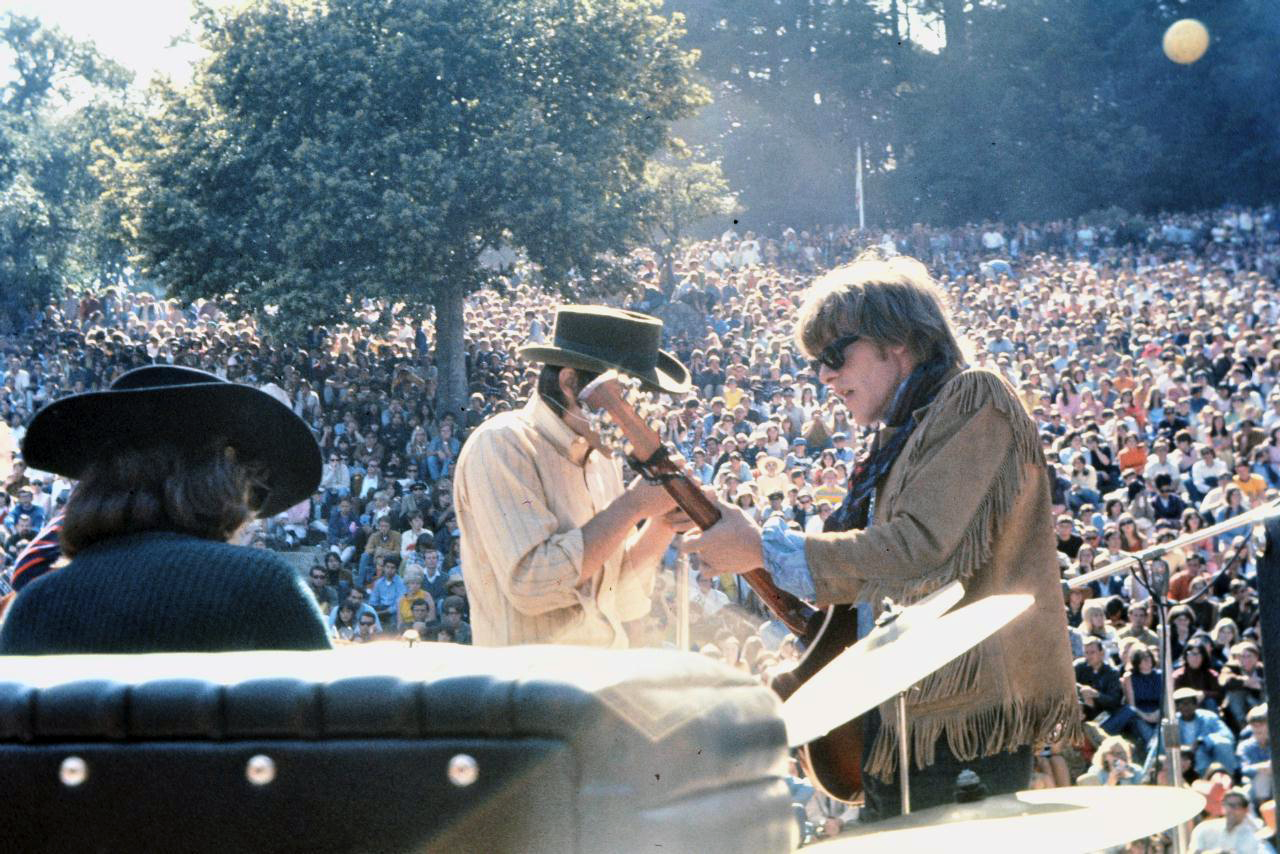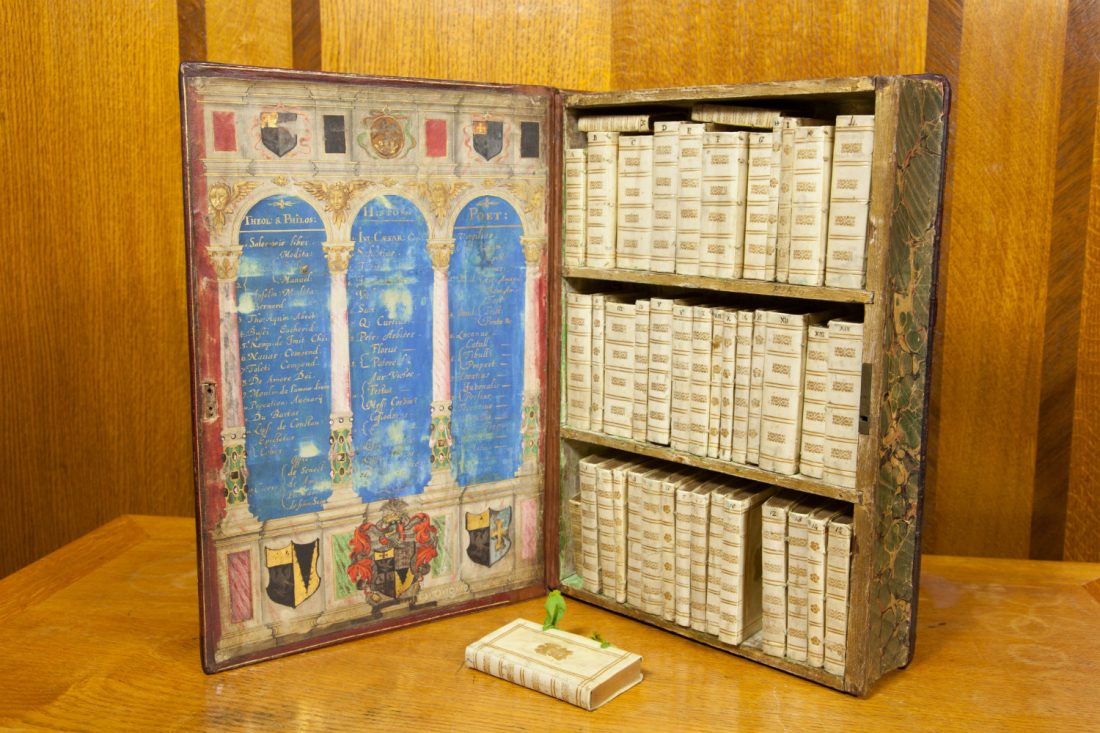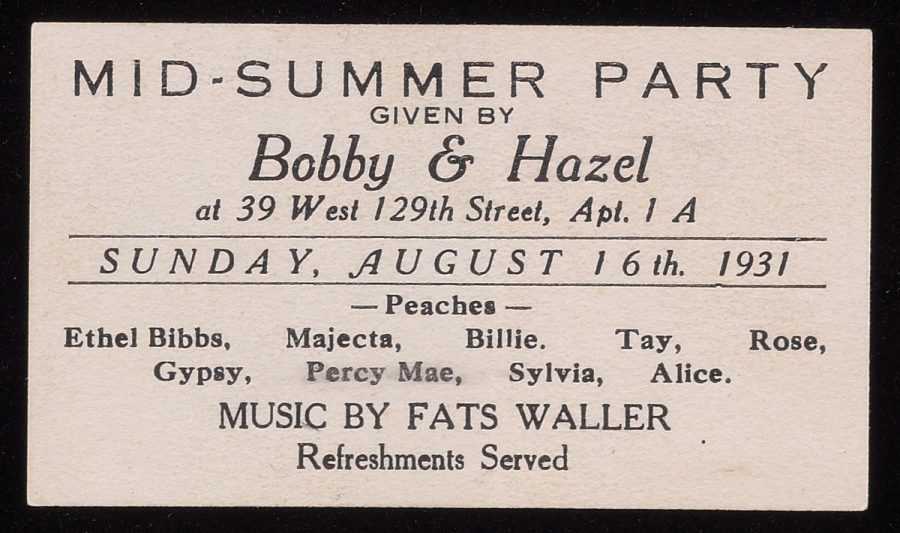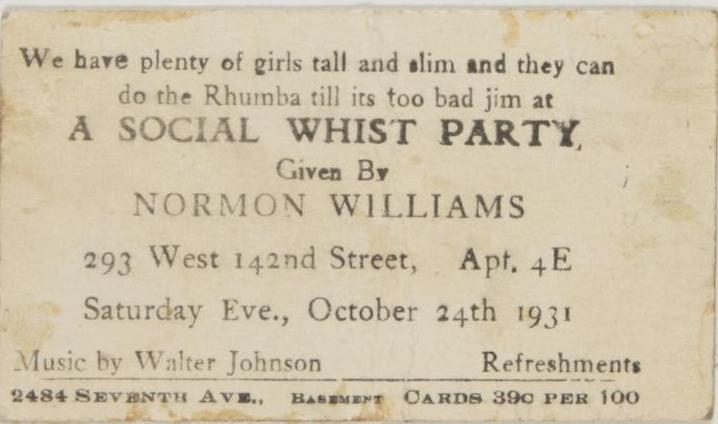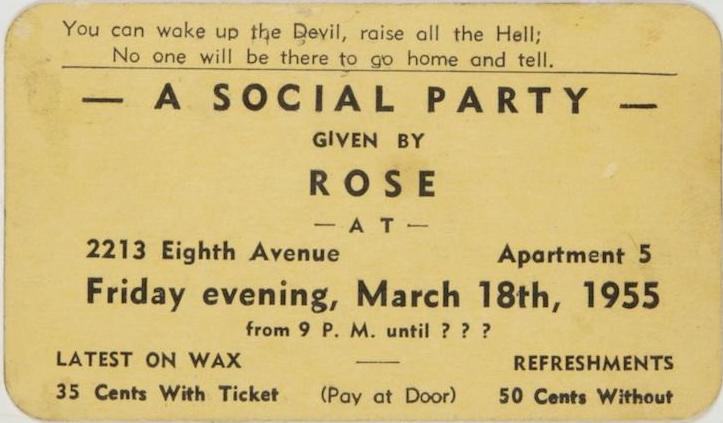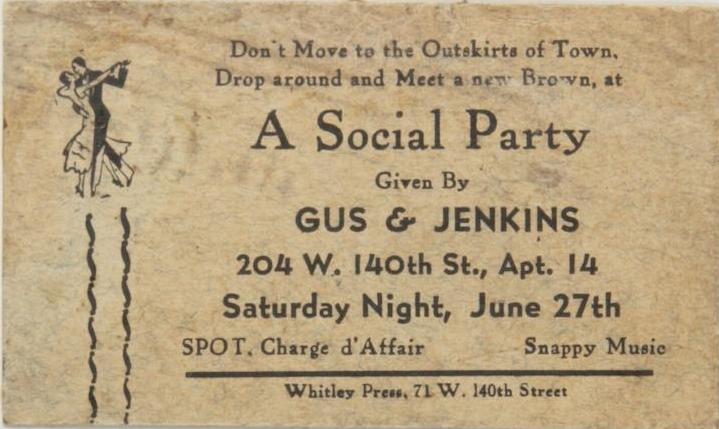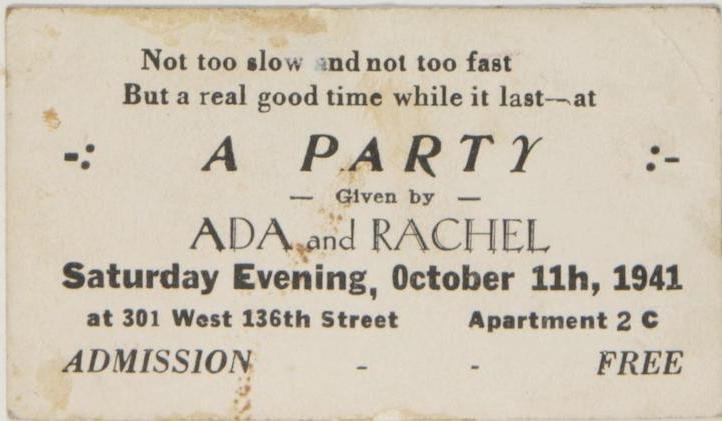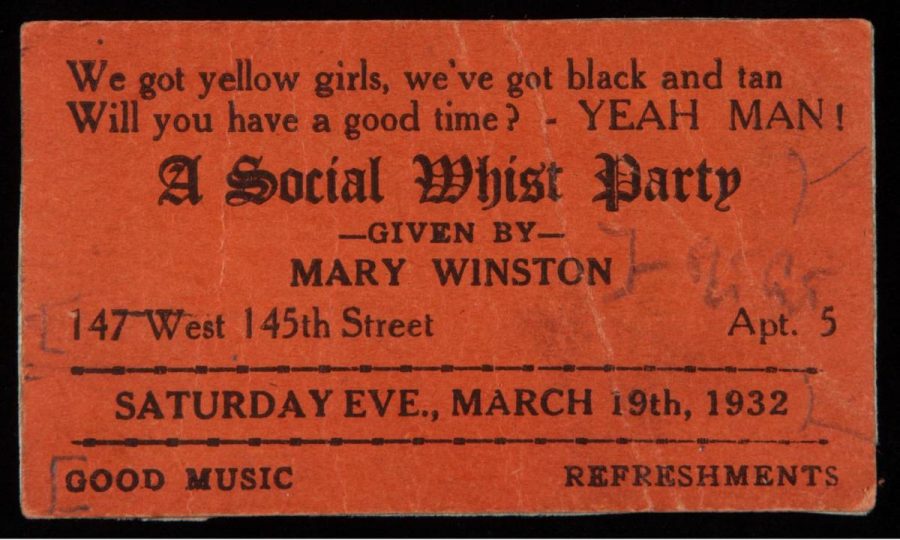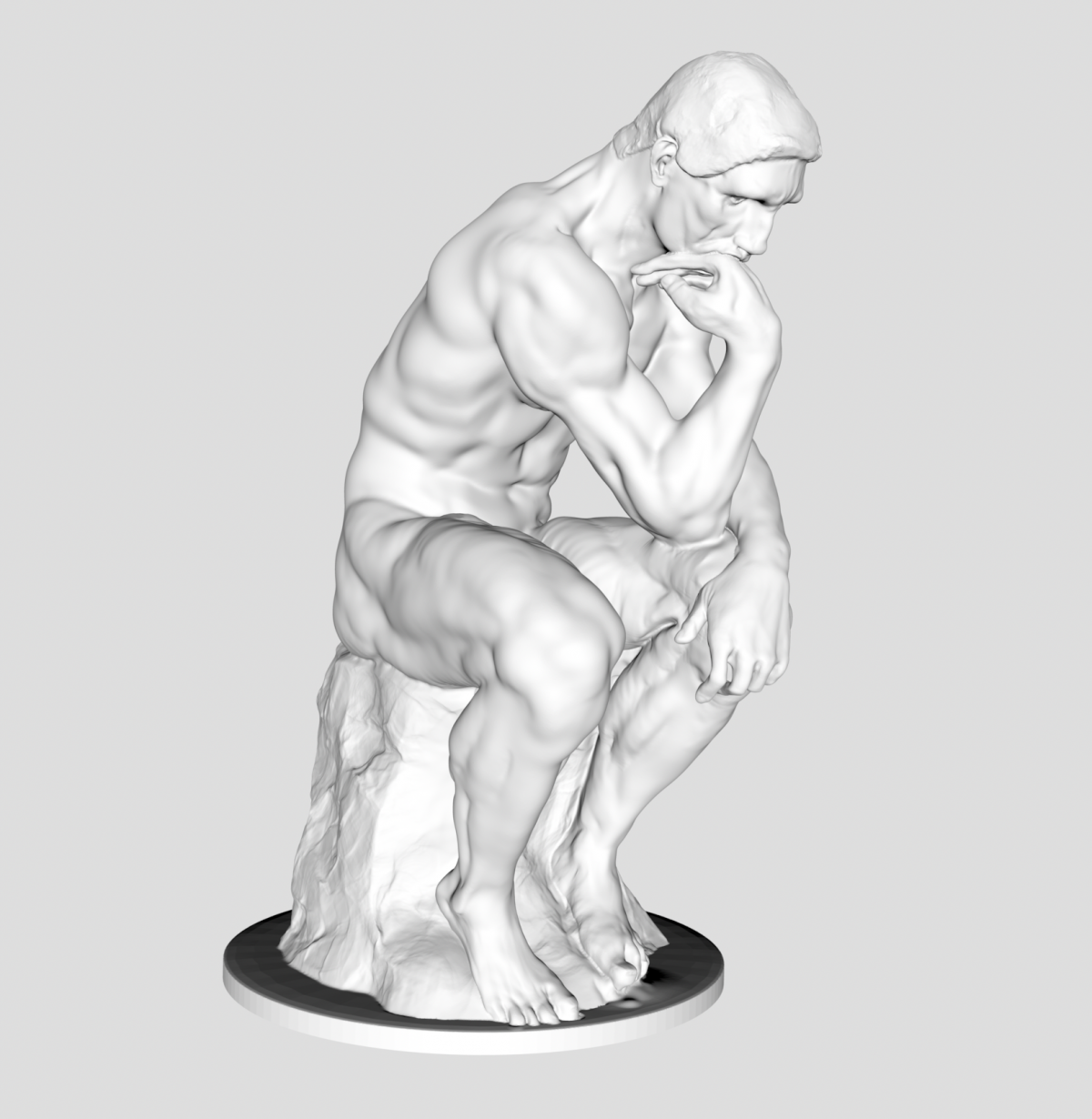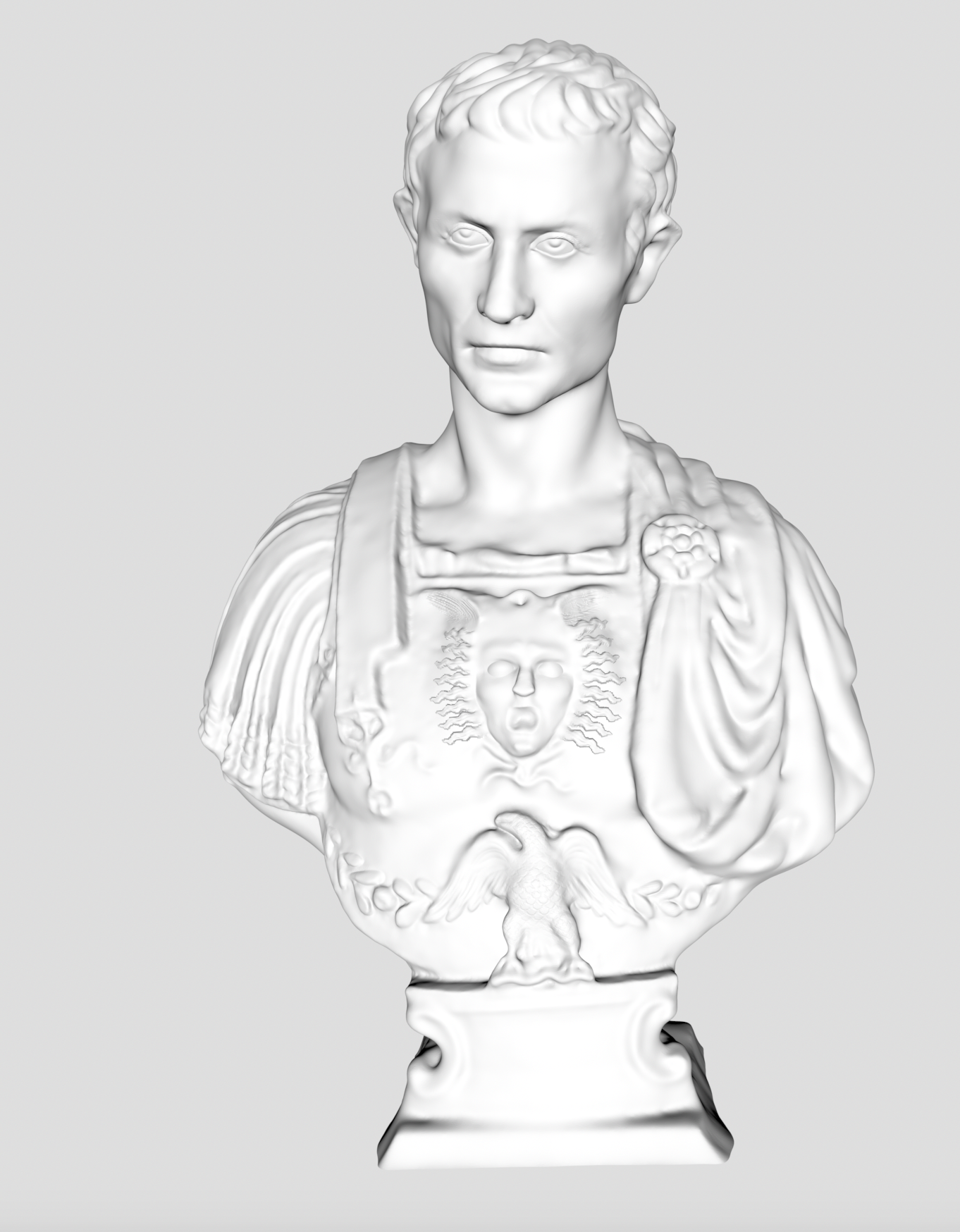Note: The first poem and others contain some offensive language.
In the context of the radical socio-political change of 1975, Patti Smith announced herself to the world with Horses, “the first real full-length hint of the artistic ferment taking place in the mid-‘70s at the juncture of Bowery and Bleecker,” writes Mac Randall. Though born in an insular downtown milieu, Smith’s view was vast, conducting the poetry of the past—of Rimbaud, the Beats, and rock and roll—into an uncertain future, through the nascent medium of punk rock. The album is “closely associated with the beginning of something,” and yet is “so concerned with endings”: the loss of Jimi Hendrix (at whose studio Smith recorded), and of “other departed counterculture heroes like Jim Morrison, Janis Joplin and Brian Jones.”
In a way, Smith’s voice defines the pivotal moment in which it arrived: anticipating an anxious age of austerity and women’s liberation; mourning the loss of 60s idealism and the promise of racial equity. She was a female artist fully unconstrained by patriarchal expectations, with complete authority over her vision. “My people were trying to forge a new bridge between the people we had lost and learned from and the future,” she recently remarked.
In her “fabulously grand” way, she told The Guardian’s Simon Hattenstone in 2013, “I felt in the center, not quite the old generation, not quite the new generation. I felt like the human bridge.” Smith was no naïf when she made Horses, but a confident artist who, at 29, had worked in theater with her lately-departed friend Sam Shepard, become her famous lover Robert Mapplethorpe’s favorite subject, joined the St. Mark’s Poetry Project, and published two collections of verse.
She thought of herself as a poet who “got sidetracked” by music. “When I was young,” Smith says, “all I wanted was to write books and be an artist.” But poetry was always central to her work; Horses, she says, “evolved organically” from her first poetry reading, four years earlier, at St. Mark’s Church, alongside Allen Ginsberg, William Burroughs, and other luminaries. Above, you can hear her discuss that attention-grabbing first reading, and at the top of the post, listen to Smith at Columbia University in 1975, reading the poems that developed that year into the songs on Horses, including her 1971 “Oath,” which begins with a variation on Horses’ opening sneer, “Christ died for somebody’s sins, but not mine.”
Be warned the first poem she reads contains offensive language, as do many others. No one should be shocked by this. But some who only know Smith as a singer may be surprised by her masterful literary voice and wicked sense of humor. She has always been an elegist, mourning her cultural heroes, most of whom died young, as well as a tragic string of personal losses. “When I started working with the material that became Horses,” she remembers, “a lot of our great voices had died.” But her intent went beyond elegy, beyond a maudlin appropriation of fading 60s heroes. Smith had a “mission,” she says, of “forming a cultural voice through rock’n’roll that incorporated sex and art and poetry and performance and revolution.” It sounds grandiose, but it’s a mission she’s largely fulfilled. At the center of her project is poetry as performance, as a means of entertaining, shocking, and seducing an audience. The reading at the top is an especially faithful record of her fearless onstage persona.
Find more poetry readings in our collection, 1,000 Free Audio Books: Download Great Books for Free.
Related Content:
Hear Patti Smith Read 12 Poems From Seventh Heaven, Her First Collection (1972)
Watch Patti Smith Read from Virginia Woolf, and Hear the Only Surviving Recording of Woolf’s Voice
Patti Smith’s New Haunting Tribute to Nico: Hear Three Tracks
Josh Jones is a writer and musician based in Durham, NC. Follow him at @jdmagness
